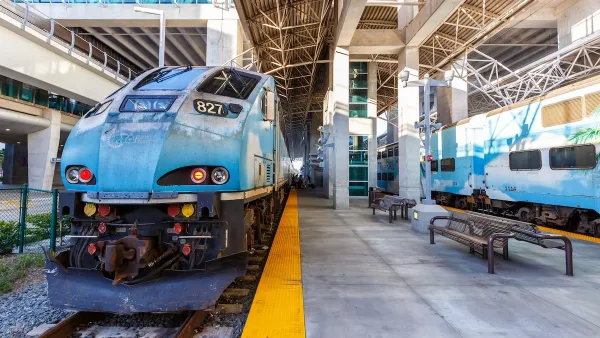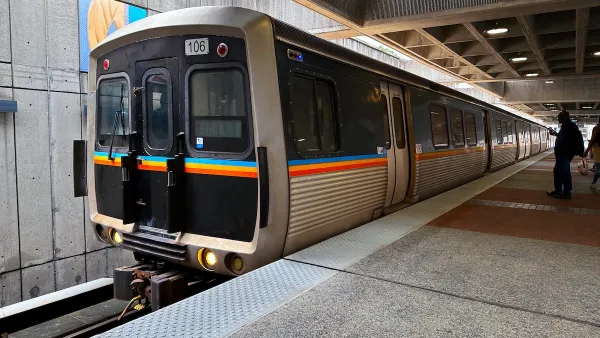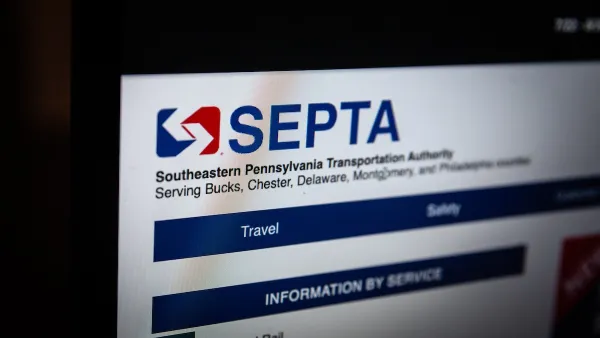Transit agencies use complex models to predict future ridership, but these have not yet caught up with the still-changing post-pandemic travel needs of transit users.

With post-pandemic travel patterns still in flux, predicting transit ridership is becoming more challenging than ever, writes Jared Brey in Governing.
Despite the growth of sophisticated modeling methods in recent years, the most that many transit agencies can say at this point is that “The future is either going to be very bleak, surprisingly OK, or, in all likelihood, an unpredictable mixture of the two.” Brey explains that “Transit agencies try to predict future ridership for all types of scenarios — not just when making their yearly budgets but also when considering the impact of service changes or fare increases, and when applying for funding to build out new bus and train lines.” Now, agencies must collect new data to understand how the needs of transit users are changing.
Brey points out that even though ridership projections are used in federal grantmaking, “projections made in decades past have often proven to be wildly off-base.” More recently, agencies receiving New Starts federal grants are required to provide before-and-after studies to assess the accuracy of their projections.
Carole Turley Voulgaris, an assistant professor of urban planning at the Harvard Graduate School of Design, notes that “In some ways, the roughly sketched scenarios that many transit agencies are projecting in their budget documents have an advantage over highly complex processes that are used to generate a single prediction of the most likely future scenario.” With so much uncertainty still looming, understanding the range of possible scenarios can help agencies plan more effectively for a variety of future situations.
FULL STORY: Predicting Future Transit Ridership Is Trickier Than Ever

Analysis: Cybertruck Fatality Rate Far Exceeds That of Ford Pinto
The Tesla Cybertruck was recalled seven times last year.

National Parks Layoffs Will Cause Communities to Lose Billions
Thousands of essential park workers were laid off this week, just before the busy spring break season.

Retro-silient?: America’s First “Eco-burb,” The Woodlands Turns 50
A master-planned community north of Houston offers lessons on green infrastructure and resilient design, but falls short of its founder’s lofty affordability and walkability goals.

Test News Post 1
This is a summary

Analysis: Cybertruck Fatality Rate Far Exceeds That of Ford Pinto
The Tesla Cybertruck was recalled seven times last year.

Test News Headline 46
Test for the image on the front page.
Urban Design for Planners 1: Software Tools
This six-course series explores essential urban design concepts using open source software and equips planners with the tools they need to participate fully in the urban design process.
Planning for Universal Design
Learn the tools for implementing Universal Design in planning regulations.
EMC Planning Group, Inc.
Planetizen
Planetizen
Mpact (formerly Rail~Volution)
Great Falls Development Authority, Inc.
HUDs Office of Policy Development and Research
NYU Wagner Graduate School of Public Service




























